Known as the old town of Bangkok, Thonburi is where Thais live a more simple and slowed down life as compared to the downtown area of Bangkok. There’s a stark, visible contrast as the Chao Phraya apparently cuts the two different lifestyles of Silom, Chinatown, Sukhumvit and greater Bangkok from the Thonburi side.
The district was an important part of the trade history in Thailand as foreigners would use the river and arrive at Thonburi to refuel or restock before heading further down to Ayutthaya. As such the town is still relatively undisturbed with modern skyscrapers, technology and high level of tourism.
Over the weekend, we decided to explore Thonburi by foot. Expique, a locally-inspired tour operator invited us to join in their walking tour through the town to learn about the diverse communities that settled here way back when.
The tour started with us meeting at Saphin Taksin BTS station. There were only 3 other people and the tour guide. He was a young Thai guy who was very friendly and seemed to know a whole lot of things.
We made our way to the river boat and went north up to N5 (Rachawongse) and then took another boat to cross the river to Thonburi side.
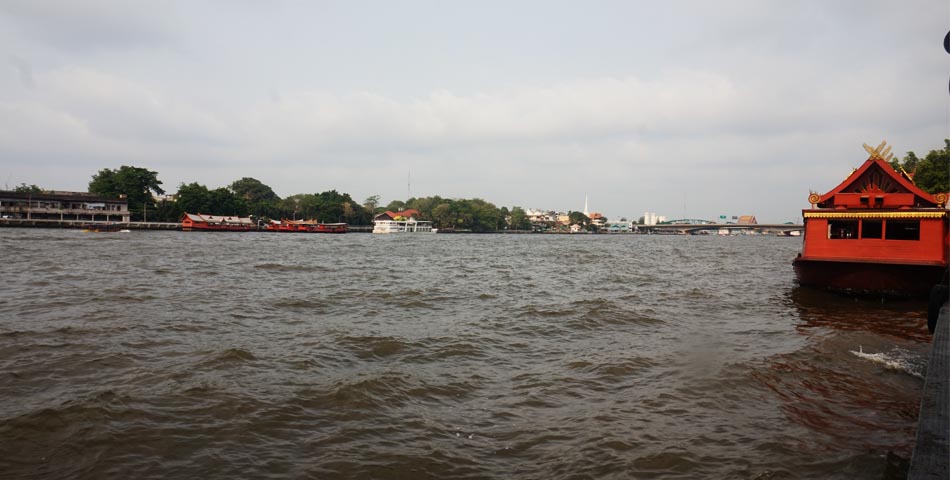
After alighting we came across several Chinese communities as we tried different street vendor snacks, peeked into cute little shops, marveled at Chinese shrines and even ventured through tiny alleys lined with unique shop-houses.
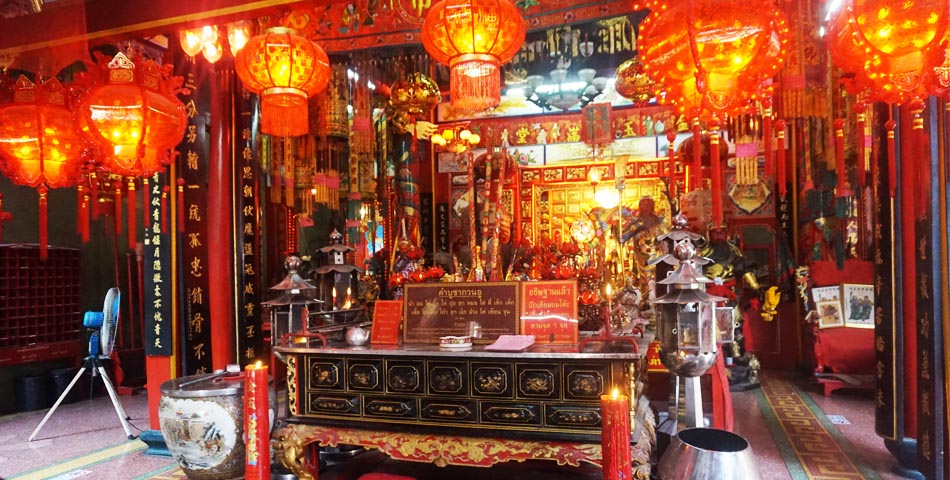
It was a wonderful feeling being away from the hustle and bustle of downtown part of Bangkok. Everything seem to have a charm to it. There was much to delight the five senses and we noticed some very interesting things along the way, which you wouldn’t see in the city center.
Like this old vintage beetle foxy.
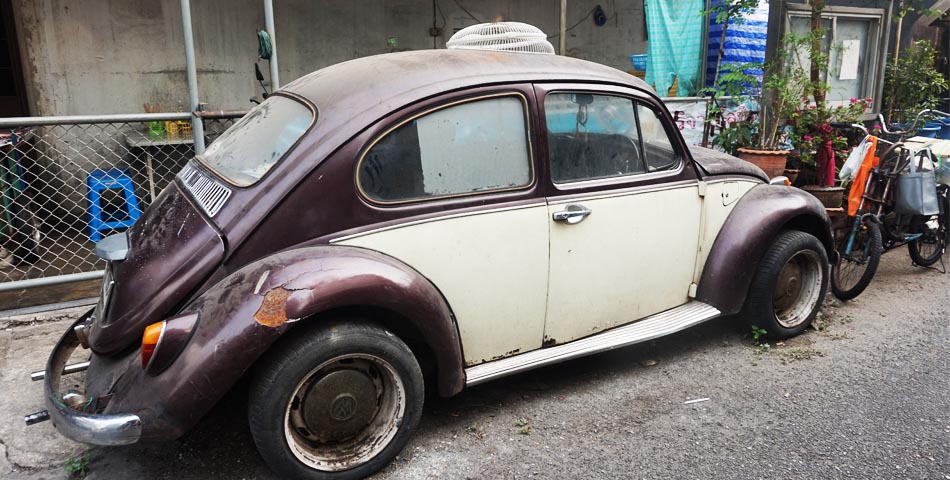
Or this unique-looking, shop house fish sauce factory.
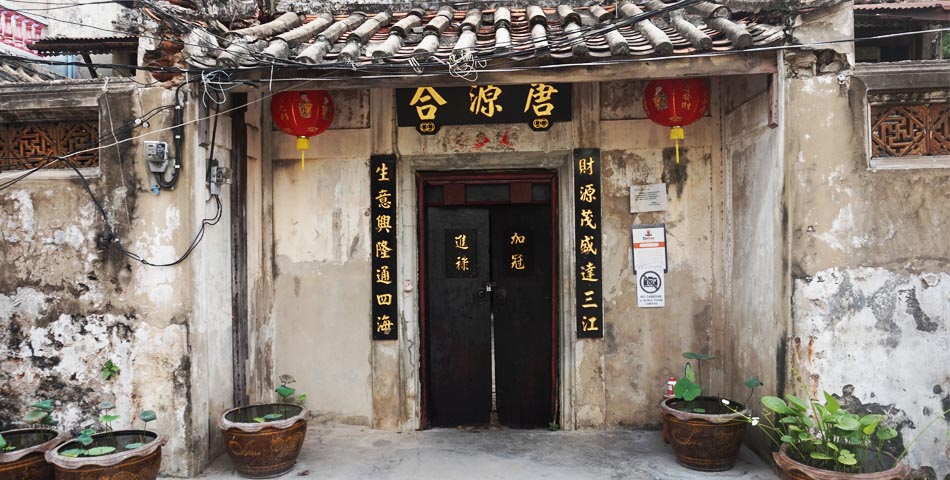
Thais were friendlier here too – always smiling and whispering “Sawasdee” as we walked by their homes. Cats purring, dogs barking, children laughing and women by their homes preparing for their next meal.
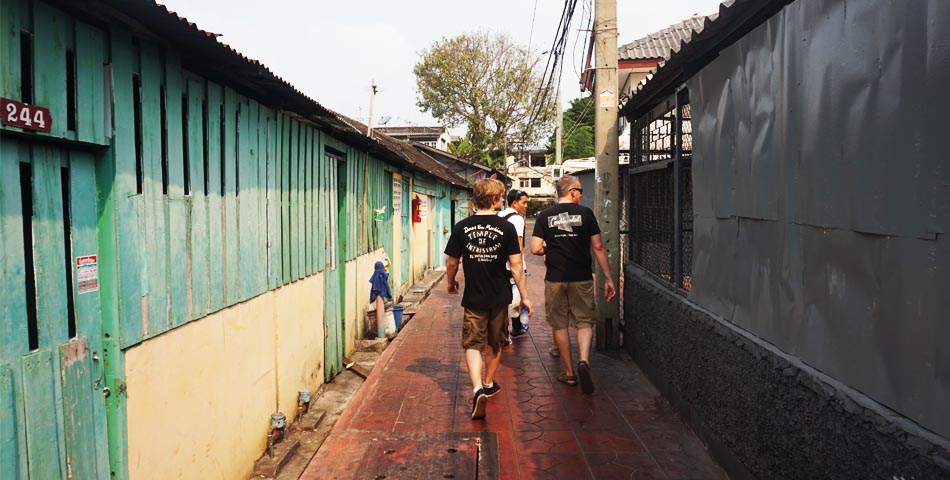
After walking for about an hour, we took a break at the Princess Mother’s Memorial Park.
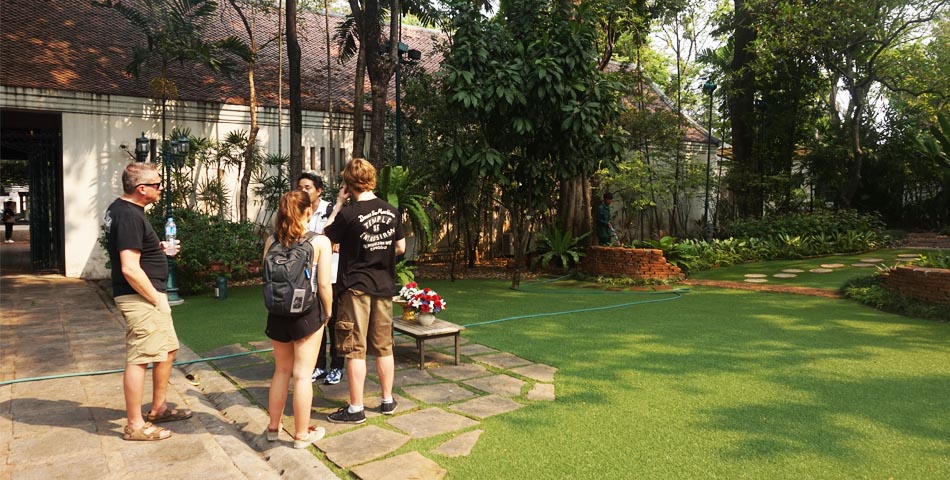
The tour went on as we walked along the stretch of the riverbank till we came to a Muslim mosque. Esso, the tour guide explained to us how the Muslims from the South were brought here by the locals to help with the trade and to translate with some of the foreigners.
Some more walking and we came across a Catholic Church, which was built by the Portuguese community. A very beautiful Church it was indeed.

After taking some photos, we moved on and through some winding alleyways, Esso brought us to a very cute bakery shop called Thanusingha. This shop is a family-owned business and apparently has been here for 5 generations. They had a variety of drinks on the menu from coffee to Thai teas to even refreshing flavored soda water. They are also well known for their famous cupcake, which is made with duck egg, rice wheat and flour. Although a bit dry, it has been passed down from their ancestors who learned the recipe from the Portuguese traders.
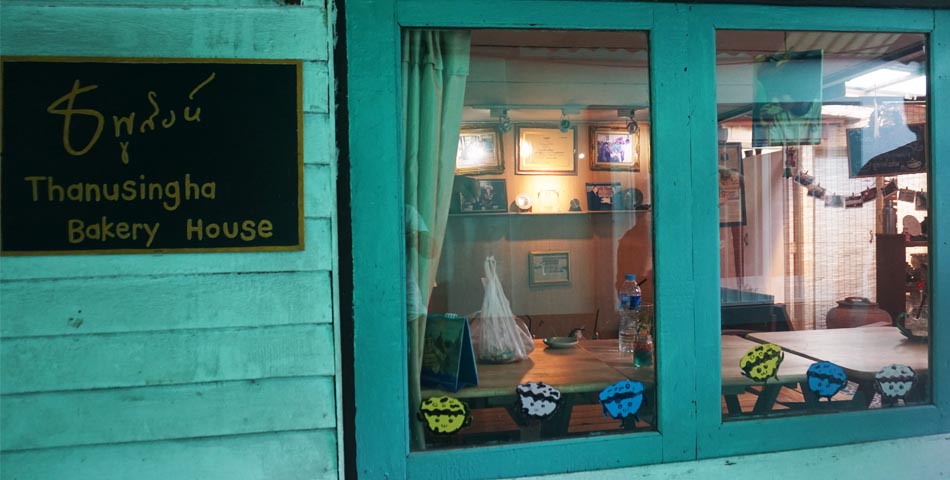
Finally after walking a bit more, we arrived at the famous Wat Kalayanamit Buddhist temple where Esso taught us some Budhist teachings. The temple also houses the largest sitting Buddha image in Bangkok – a beautiful sight to behold.
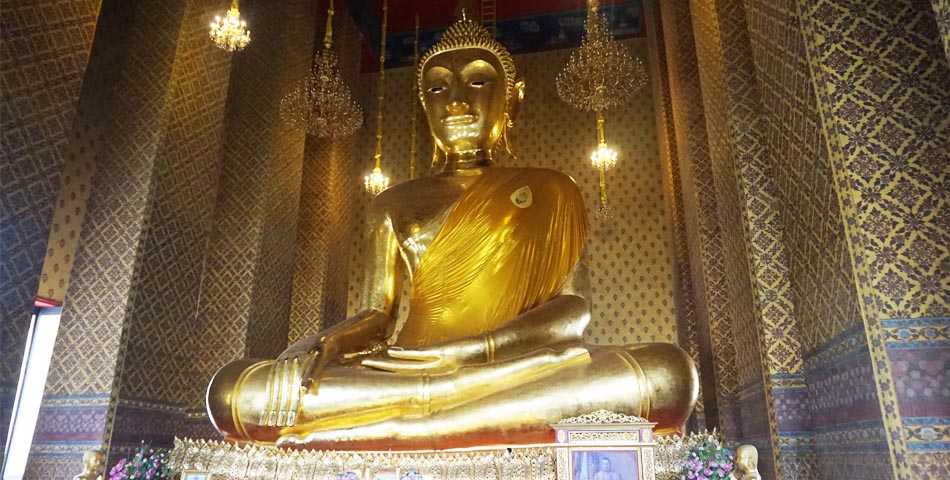
After that, it was finally time to head back across the river where the tour ended (at the flower market) and we were allowed to go wherever we wanted next.
We decided to explore some more and walked through the flower market making our way to the nearest street food vendor for some delicious stir fry chicken with basil leaves.
All in all, it was quite a productive day and goes to show that you don’t need to travel far to learn about culture or for some adventure and exploring. There are always things to see or do in your own backyard. We would recommend this tour to anyone looking for some cultural exposure and learning about the small communities that reside in the outskirts of Bangkok. You could always explore on your own but having a guide speak to the locals and tell you their story, that can’t be replicated – it’s an experience on its own.




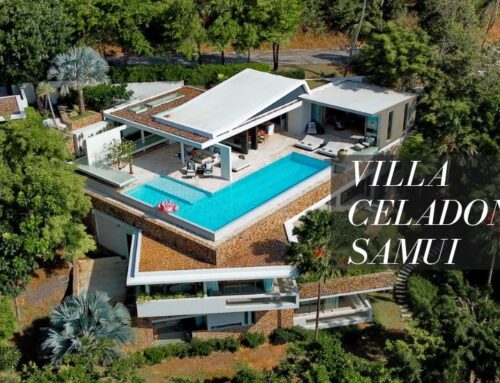
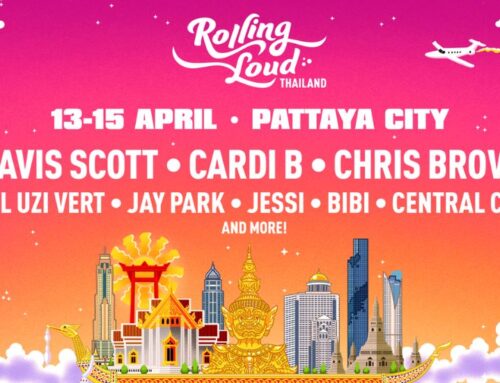
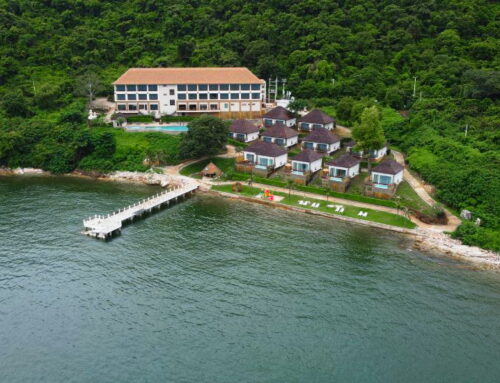
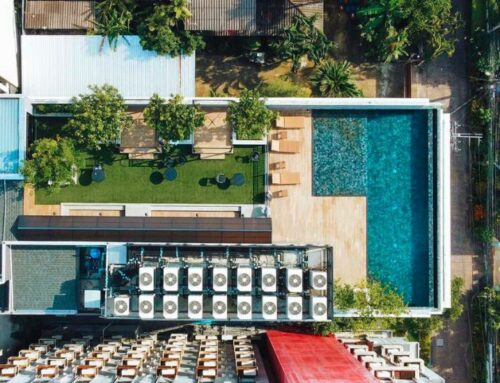
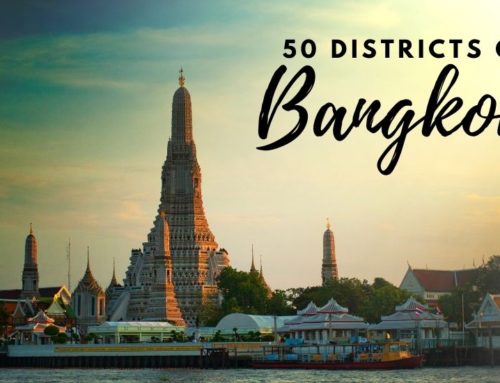

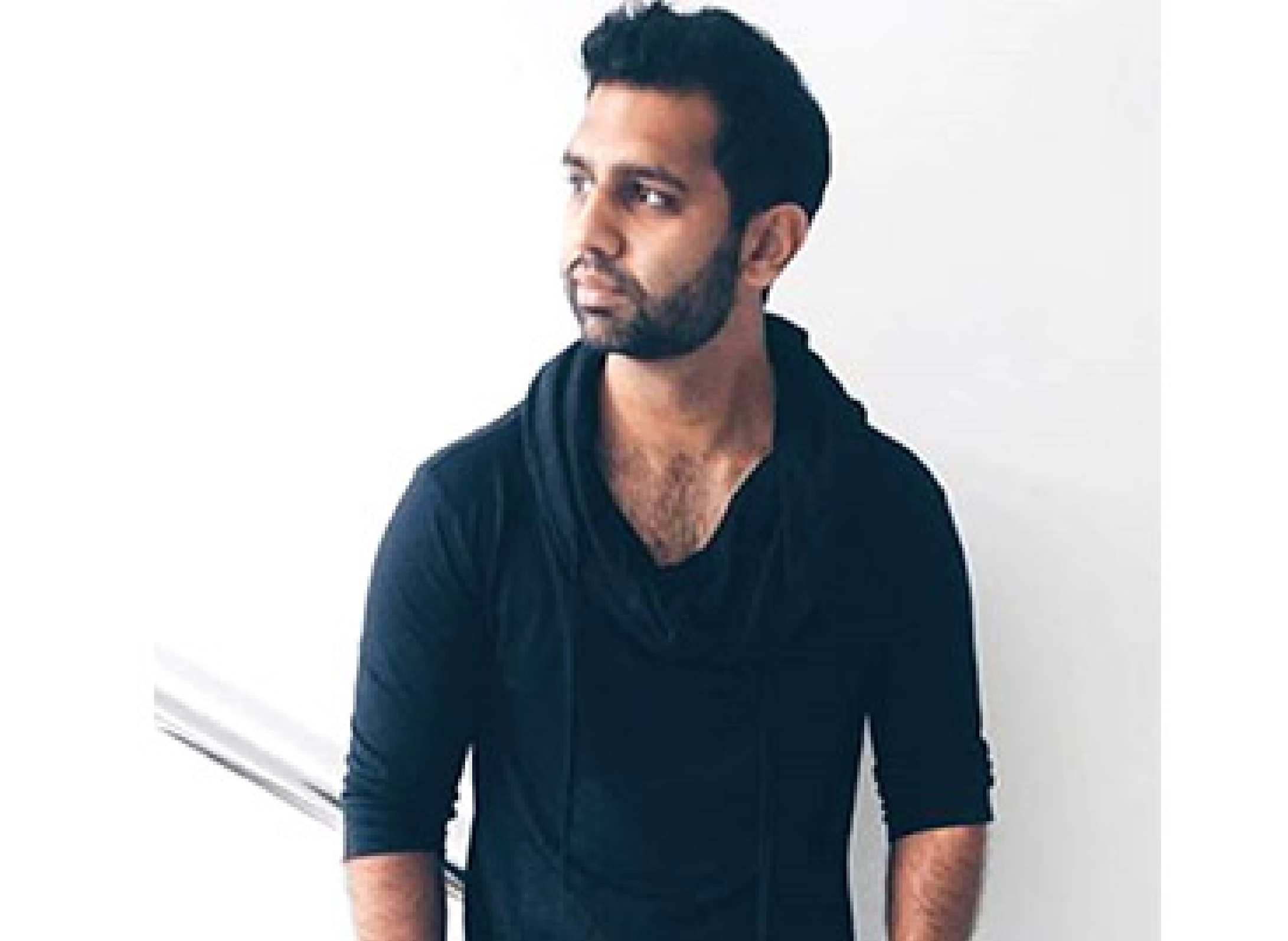
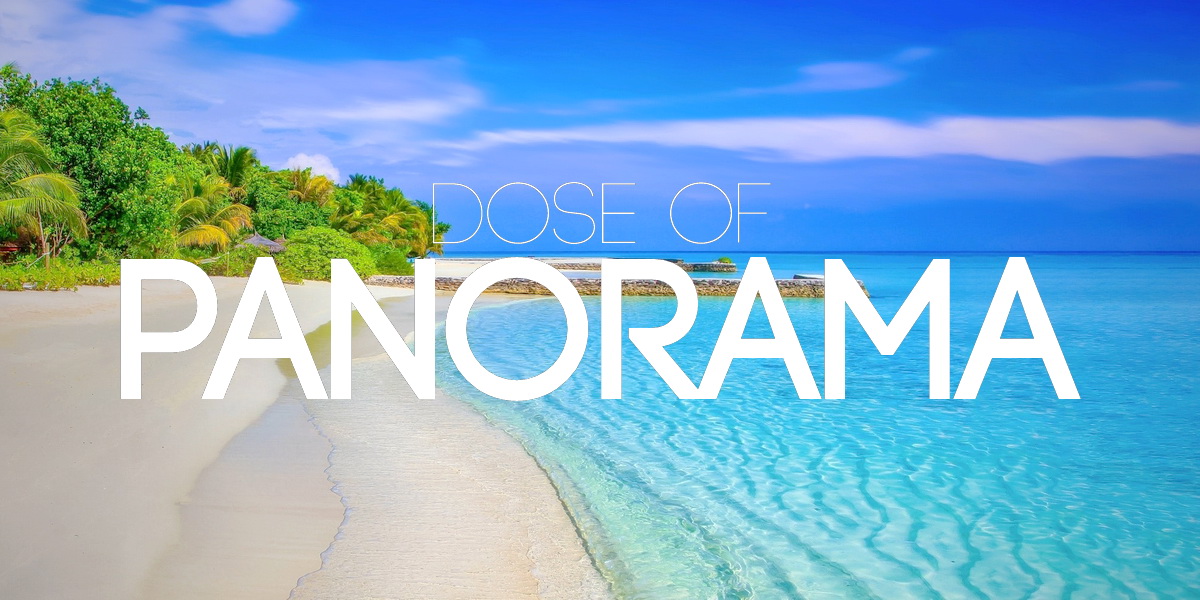
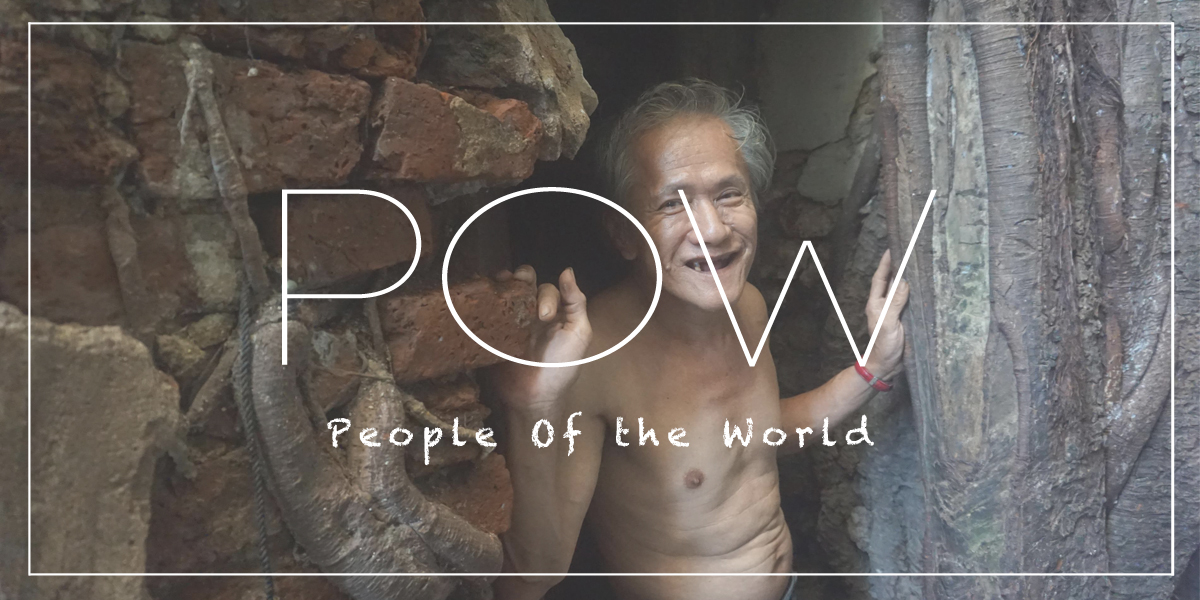
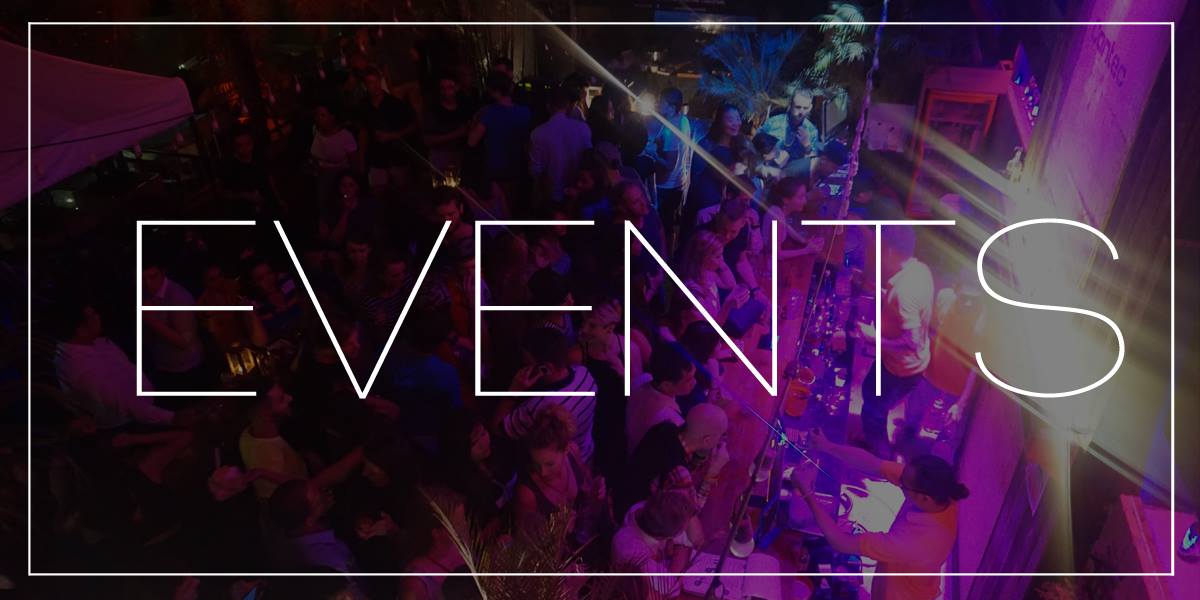




Wow, had no idea this existed in Bangkok. I think we always pass it when we take the highway or bridge to cross the river.